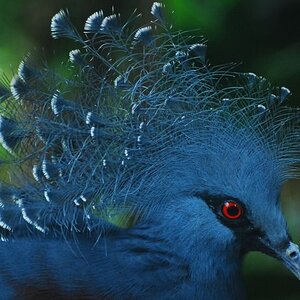exemplaria
TPF Noob!
- Joined
- Sep 18, 2012
- Messages
- 119
- Reaction score
- 19
- Location
- Minneapolis, MN
- Can others edit my Photos
- Photos OK to edit
I've got the 55-300mm VR. I'm thinking about getting the 70-300 VR. Would be a net cost to me of perhaps $150 after reselling. Worth it? The 70-300 seems to be the more popular lens around here, although the reviews of both lenses don't seem to scream one way or the other, especially at the 200-300 range.
My thought process is basically 1) Slightly better glass 2) Compatible with FX 3) I shoot DX so I'll get better performance from this FX lens using just the center. Thom Hogan says I should make the switch if price is no object, which at $150 it's not. Anyone want to disagree? Anyone? Bueller?
My thought process is basically 1) Slightly better glass 2) Compatible with FX 3) I shoot DX so I'll get better performance from this FX lens using just the center. Thom Hogan says I should make the switch if price is no object, which at $150 it's not. Anyone want to disagree? Anyone? Bueller?







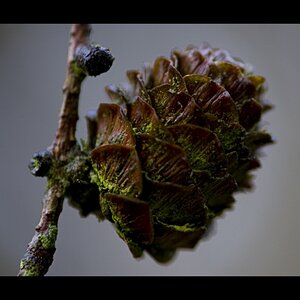
![[No title]](/data/xfmg/thumbnail/36/36133-8b29212f67c25fcf353a0c2f376b1501.jpg?1619737385)
![[No title]](/data/xfmg/thumbnail/32/32930-09414fc020c2a60a456ff59a05c5ef8f.jpg?1619735759)
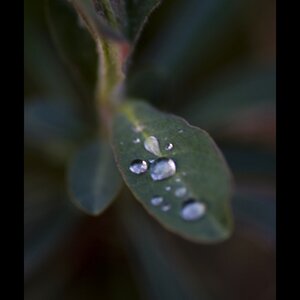
![[No title]](/data/xfmg/thumbnail/37/37280-a7e70a01ccd331918e71645cd4c1f16e.jpg?1619737977)
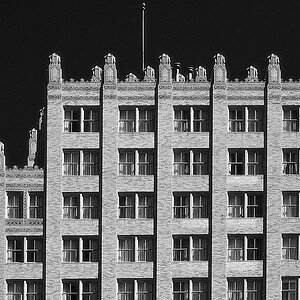
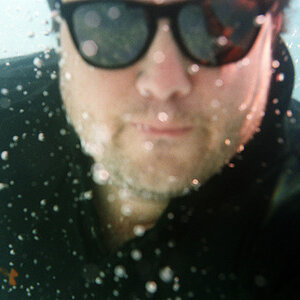
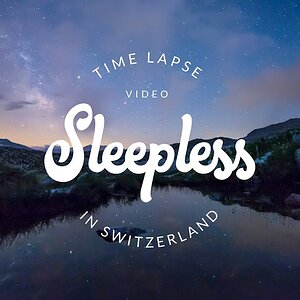
![[No title]](/data/xfmg/thumbnail/36/36134-64e77d33cc4c68e1253adc2879f24a96.jpg?1619737387)
![[No title]](/data/xfmg/thumbnail/1/1592-cfae4a7ea791f96c6e2d03484be2e454.jpg?1619729144)
